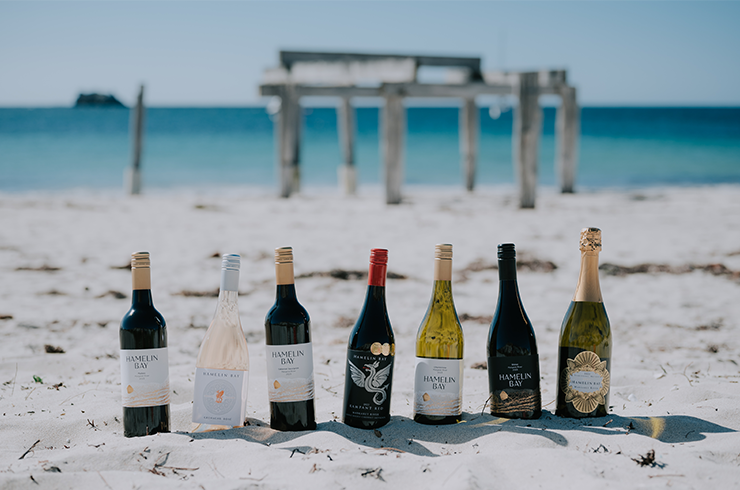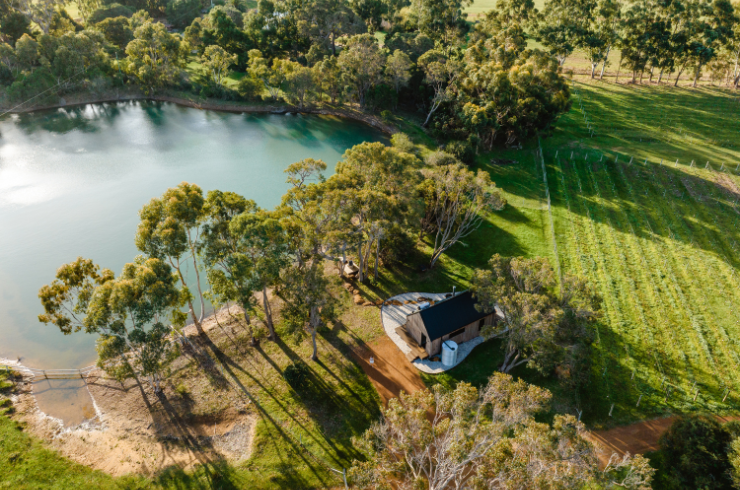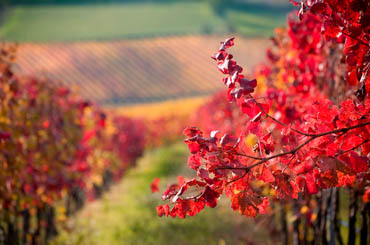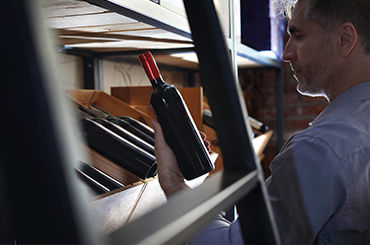Traditions of cork
The use of cork (crafted from the bark of a specific type of oak tree, Quercus suber) placed inside the neck of the wine bottle is a 350-year-old technology. This alone should be a reason to question whether there may be a better way of keeping the wine safe. Next, as the Portuguese makers of cork are happy to point out, cork is a natural product. There are two issues here: first, the composition of cork is one of nature’s marvels – it is incredibly complex, with 40 million hexagonal gas-filled cells in every cubic centimetre. This inevitably means that no two corks are exactly the same: the difference may be so small that only a super computer could tell it, or it may be obvious to the naked eye.
Next, the bottle is most definitely not a natural product, so why should its union with cork have the magical quality assumed by those who prefer or defend the choice of cork? But even more to the point, while the exterior of the bottle neck can be guaranteed to a thousandth of a millimetre, the same is not true of the interior of a bottle neck. The cumulative effect of cork and bottle neck variability means that no two bottles of the same wine bottled on the same day and stored in the same conditions will be precisely the same; the differences may not be obvious when the wine is young, but they will become ever more obvious as the wine ages over the years.The opposite is the case with a screwcap. It is manufactured to extremely fine specifications, as is the external neck of the bottle. It is possible for an inexperienced user of the equipment which places the screwcap on the bottle to set up the process incorrectly, but this rarely happens. Thus, every bottle of the same wine under screwcap is, and always will be, identical to every other bottle kept under similar storage conditions. Moreover, screwcapped bottles are better able than cork-closed wines to withstand poor conditions, particularly heat during transport and storage. Bottles with screwcaps do not leak as heat increases the pressure inside the bottle, whereas corks will leak, leaving a tell-tale dribble of wine on the bottom of the capsule and down the label. Over time, a sufficient volume of wine will be displaced to lower the level of the wine in the bottle by 6cm or more, and ultimately will fail altogether to keep the contents in the bottle.
As at 2013, 99% of all white table wines (irrespective of price) sold in Australia had screwcap closures, as did 98.8% of red wines with a price of $20 or less. It is only with red wines over $20 that one-piece cork still has a meaningful presence, at 12.2% (but declining). I have used the term ‘sold in Australia’ because I am aware that some exporters bow to the demands of the US and Chinese markets (among others) for corks. Slowly, but inevitably, those markets will realise that screwcaps are far superior to corks. It is already a constantly changing situation, and the impact of cork-bottled export sales on these statistics is impossible to accurately analyse.
The development of wine under screwcap
The development of wine does not require oxygen; technically, it is anaerobic. But if there is an ongoing supply of oxygen through or past the cork, it will accelerate that development. The greatest wine scientist, Louis Pasteur (1822–95) said, ‘Oxygen is the enemy of wine.’Thus development of wine does occur under a screwcap, albeit more slowly than under cork. More importantly, the rate of development will be identical for all bottles of any given wine. Under cork, the development of any two or more bottles of a given wine will be different. For three reasons that difference will be more obvious with white than with red wines. First, the comparative colour change between two or more bottles will become increasingly obvious as the wine ages, with some bottles lighter in colour, others deeper, reflecting the different rates of oxygen intake into the bottle, and hence the wine. The second reason is that white wines do not have tannins, and red wines do. These tannins provide protection by interacting with oxygen, and falling out of solution in the form of sediment (or crust) in the bottom of the bottle.
The third reason is the density of the colour of red wines. It is true that regardless of the closure, the colour will become lighter over time, but a differential rate of loss of density is far more difficult to detect than (paradoxically) the rate of increase in white wine colour.







